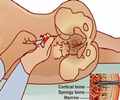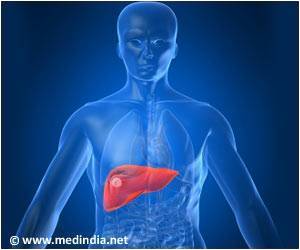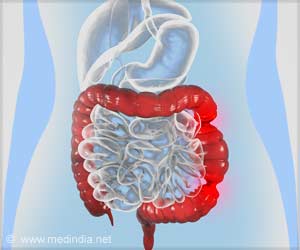
Matthew M. Hsieh, M.D., of the National Institute of Diabetes and Digestive and Kidney Diseases, Bethesda, Md., and colleagues explored a nonmyeloablative approach in a pilot group of 10 adults with severe sickle cell disease, using a simplified HSCT regimen (with stem cell donation from a immunologically matched sibling), that had few toxic effects, yet all patients continued taking immunosuppression medication. The researchers have since revised the protocol to include an option to stop immunosuppression after 1 year in selected patients (those with donor CD3 engraftment of greater than 50 percent and normalization of hemoglobin). In this report, the authors describe the outcomes for 20 additional patients with severe sickle cell disease, along with updated results from the first 10 patients. All 30 patients (ages 16-65 years) were enrolled in the study from July 2004 to October 2013.
As of October 25, 2013, 29 patients were alive with a median follow-up of 3.4 years, and 26 patients (87 percent) had long-term stable donor engraftment without acute or chronic graft-vs-host disease. Hemoglobin levels improved after HSCT; at 1 year, 25 patients (83 percent) had full donor-type hemoglobin. Fifteen engrafted patients discontinued immunosuppression medication and had no graft-vs-host disease.
The average annual hospitalization rate was 3.2 the year before HSCT, 0.63 the first year after, 0.19 the second year after, and 0.11 the third year after transplant. Eleven patients were taking narcotics long-term at the time of transplant. During the week they were hospitalized and received their HSCT, the average narcotics use per week was 639 mg of intravenous morphine-equivalent dose. The dosage decreased to 140 mg 6 months after the transplant.
There were 38 serious adverse events including pain, infections, abdominal events, and toxic effects from the medication sirolimus.
"In this article, we extend our previous results and show that this HSCT procedure can be applied to older adults, even those with severe comorbid conditions" the authors write. "These data reinforce the low toxicity of this regimen, especially among patients with significant end-organ dysfunction."
Advertisement
There will also be a digital news release available for this study, including the JAMA Report video, embedded and downloadable video, audio files, text, documents, and related links. This content will be available at 3 p.m. CT Tuesday, July 1 at this link.
Advertisement
Source-Newswise












